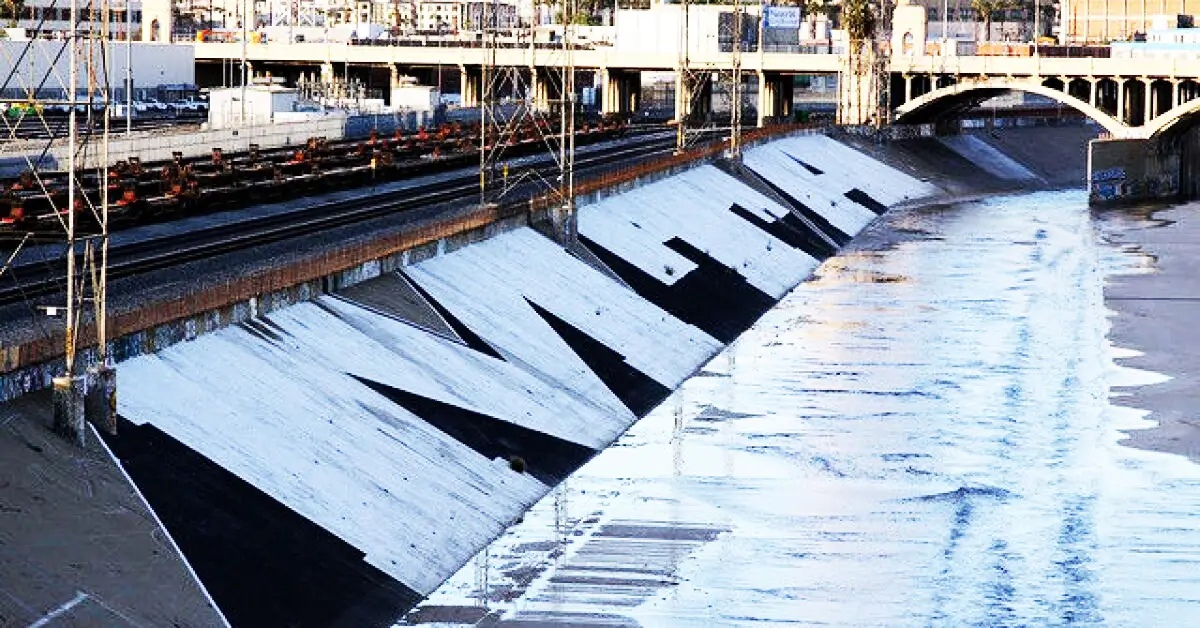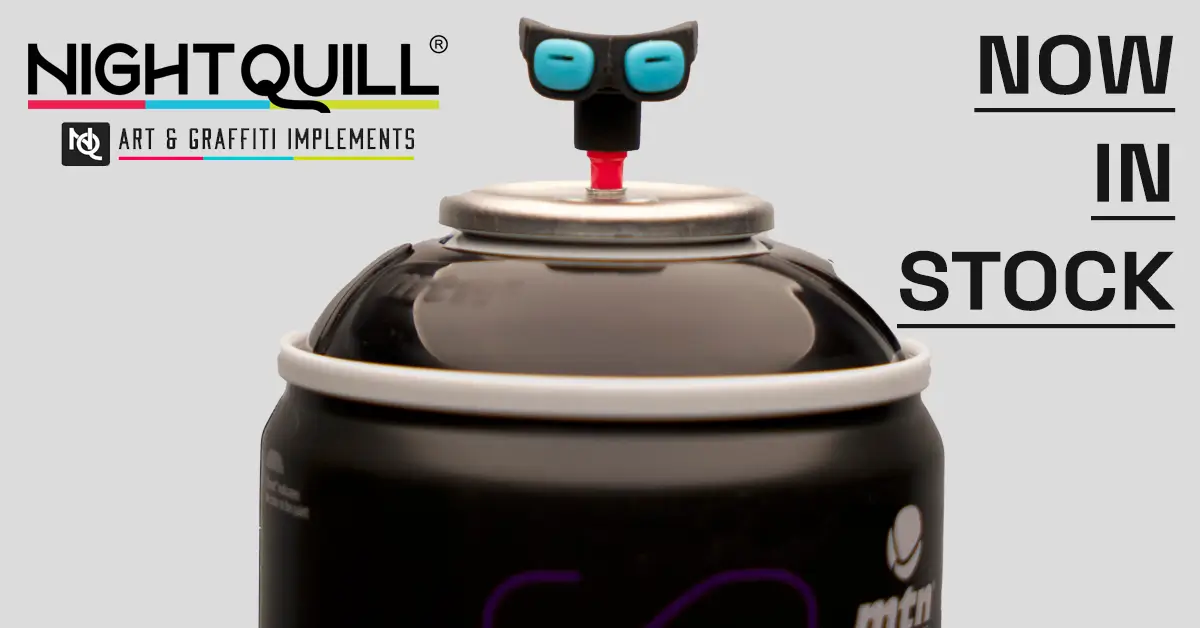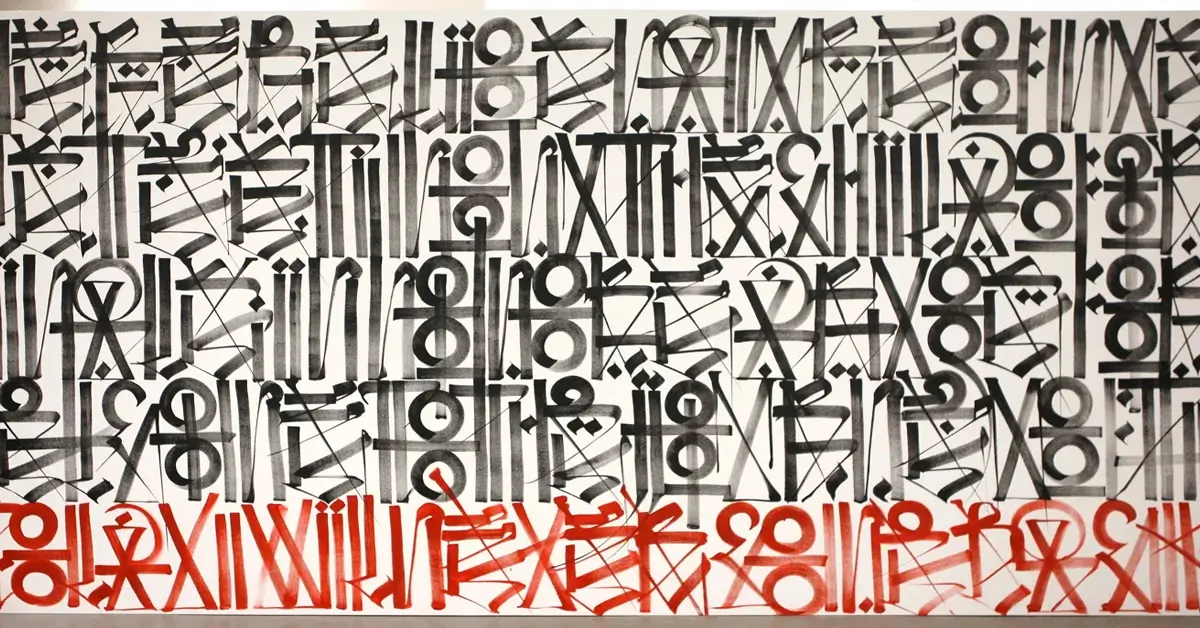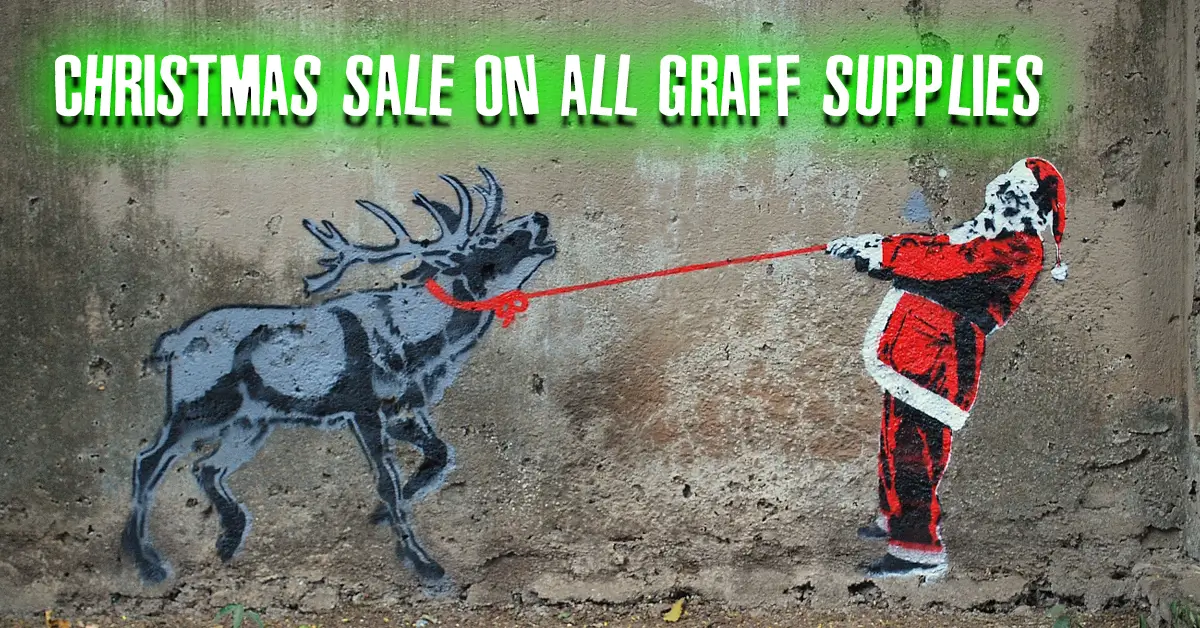MTA Crew Discusses Their Gang Injunction On NoJumper
In 2008, the MTA crew, short for Metro Transit Assassins, orchestrated one of the most audacious acts of provocation in the annals of Los Angeles graffiti history.
Unidentified members of the Metro Transit Assassins used hundreds of gallons of paint to deface the expansive, slanted surface of a concrete embankment along the Los Angeles River, situated near the Fourth Street Bridge and 101 freeway.
They boldly emblazoned “MTA” across this colossal canvas. The irony was palpable, as this acronym belonged to the affluent transit authority they were openly deriding.
This very agency had been consistently reducing bus services vital to the city’s underprivileged communities, all while investing significant funds into rail systems primarily serving white-collar commuters.
The massive 3-D block letters, believed to constitute the largest graffiti tag in America, measured an astounding 30 feet in height and half a mile in width.
The sheer size and audacity of this display made it impossible for anyone—be they on a plane, train, or freeway—to ignore.
The consequences for the Metro Transit Assassins, both participants and onlookers, were swift and severe.
Unable to definitively identify the culprits, the authorities apprehended 11 taggers associated with MTA, including the up-and-coming graffiti artist Smear, who had begun showcasing his work in art galleries.
With the support of L.A. City Attorney Carmen Trutanich, a formidable civil lawsuit was constructed, accompanied by a staggering $3.7 million estimate for the cleanup.
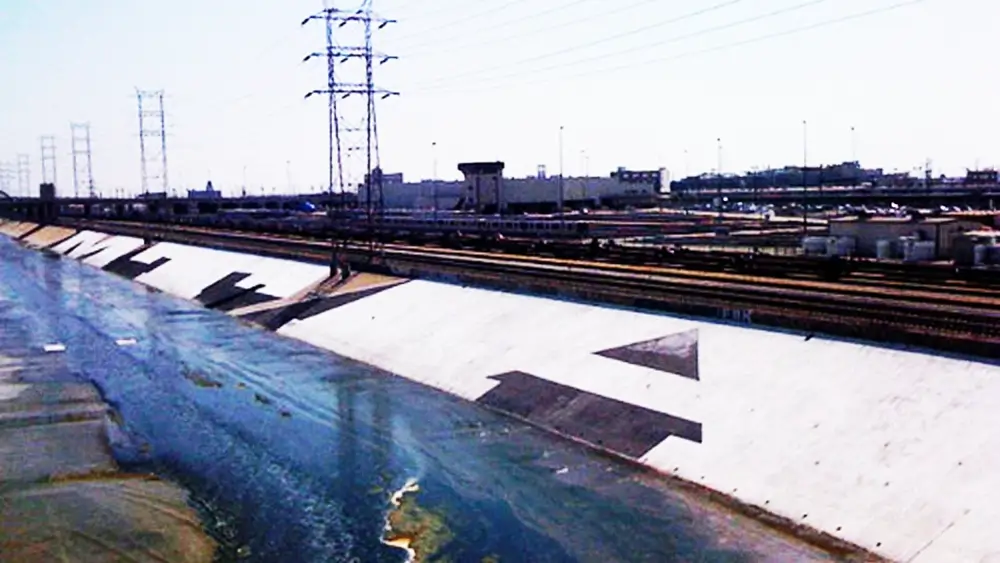
In a bid to resolve the matter, Trutanich proposed a deal to the defendants: If they settled their prior graffiti-related debts in Los Angeles, engaged in community service, and pledged to abstain from further wrongdoing, the alleged $3.7 million in damages would be forgiven.
Yet, in reality, the young individuals were consenting to something far more significant: a groundbreaking settlement that, according to the city attorney’s office, established the world’s first “tagger injunction.”
This legal instrument operates in a manner similar to gang injunctions, potentially setting a precedent for future “tagger injunctions” targeting various graffiti crews.
LA City Attorney PDF against MTA
A gang injunction is a court order that imposes restrictions and prohibitions on individuals associated with the targeted graffiti crew. The goal of such an injunction is to reduce criminal activities and maintain public safety. Some common provisions in an gang injunction may include:
1. Prohibiting members from associating with one another in public places.
2. Restricting members from wearing specific colors or symbols associated with the crew.
3. Banning members from possessing graffiti tools, such as spray paint or markers.
4. Imposing curfews on members.
5. Restricting members from engaging in any form of graffiti or vandalism.
6. Ordering members to stay away from specific locations where graffiti has been a recurring problem.
It’s important to note that gang injunctions can be controversial, as they can potentially infringe on individuals’ civil liberties, and there may be concerns about profiling or overreaching by law enforcement. Supporters argue that they are necessary to address criminal behavior, while critics assert that they can disproportionately target young people involved in graffiti as a form of artistic expression rather than gang activity.
More from NoJumper right here.
Check the NoJumper episode with Spek & Ichabod right here.

